First US Study on Vaginal Steaming for Postpartum Care–And How You Can Get Started Yoni Steaming!
You are here: Home / Health / First US Study on Vaginal Steaming for Postpartum Care–And How You Can Get Started Yoni Steaming!

// by Leah Segedie
Vaginal steaming or yoni steaming has been in the news for close to a decade after being popularized by Hollywood celebrities. But all of that celebrity glam overlooks the fact that close to every continent in the world has a history of using vaginal steaming for gynecological health. Today modern midwives & some immigrant groups in the US use the practice of vaginal steaming to help women heal postpartum. However, this practice is about to get more controversial as the very first U.S. study on vaginal steaming is released. You’ve trusted Mamavation to bring you topics like safest non-toxic shampoos, safest non-toxic feminine products, and best organic mattresses, now join us for the results of the first international vaginal steaming study.
Disclosure: this post was fact-checked by Becky Sherrick Harks, RN/BSN and contains affiliate links.
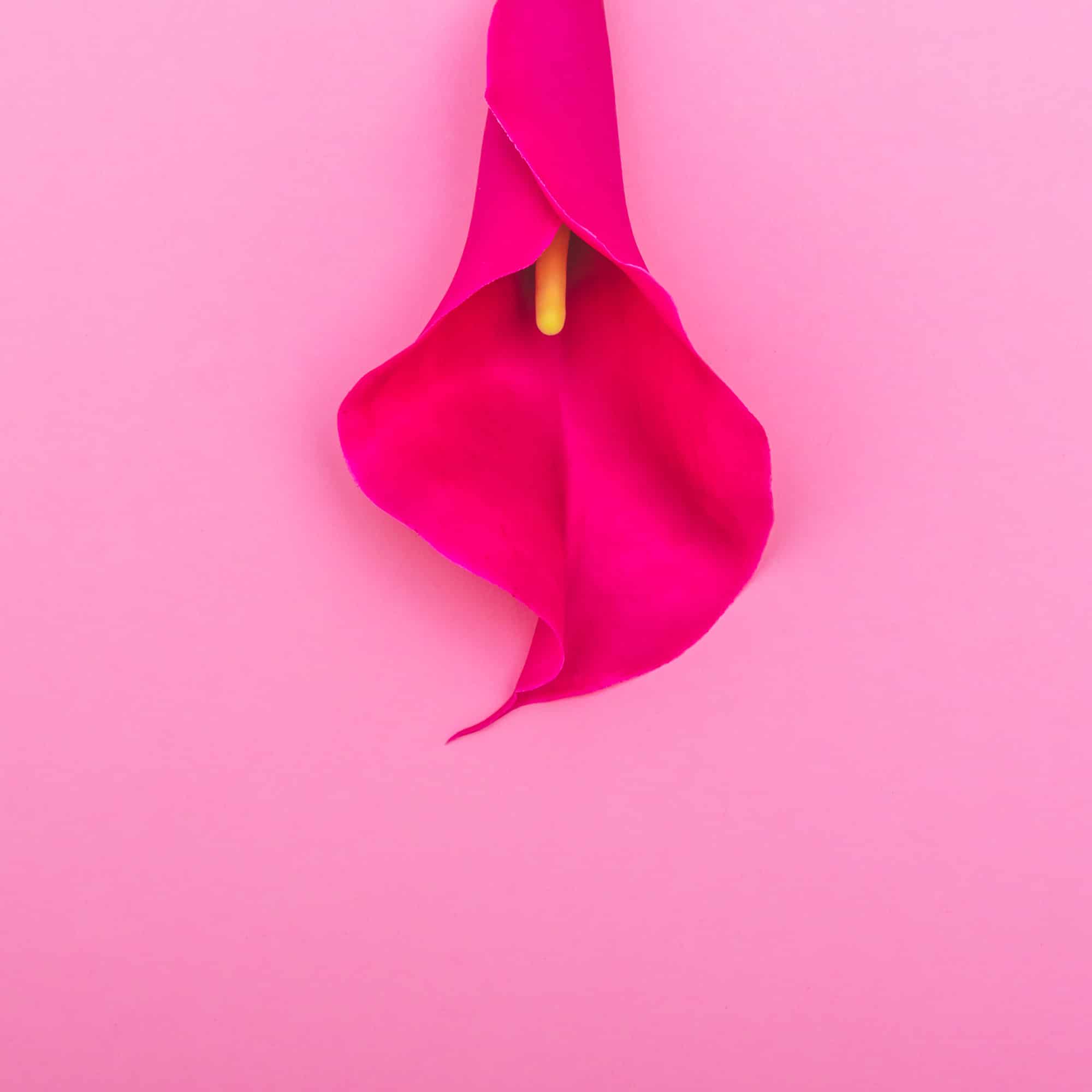
What is Vaginal Steaming?
According to researchers, “vaginal steaming is a process that involves boiling water in a pot, allowing the water to cool to a comfortable temperature, then sitting, squatting or standing over the pot so that the steam can reach the vulva, vaginal canal, perineum, and anus. The water is often infused with minerals and/or herbs to enhance the healing qualities of the steam.”
In the United States, vaginal steaming is a practice mostly used by midwives and several immigrant communities. These communities are South Korean, Mayan, Sudanese, Cambodian, Eritrean, & Haitian. They have kept the practice of vaginal steaming going mostly to help heal the body after birth, but also for many other things.

Postpartum Care For Women After Hospital Births
After you give birth, postpartum care is minimal. It often results in a 24 hour or less stay in the hospital and then a standard 6-week checkup. In between that time, no additional support is given with recovery unless the mother needs medical assistance based on severe symptoms.
During this 6 week period that she is sent home, her body is tasked with healing itself. This is what the body needs to accomplish after birth to heal:
- Closing the vaginal canal and cervix to a normal size
- Uterus cleans and clears out the leftover lochia (pregnancy matter)
- Reduce uterus down to normal size
- Return the abdominal organs into their correct places so they can continue to work and eliminate feces and urine
- Heal any tears or stitches
- Retract the abdominal skin
- Shed leftover pregnancy weight
According to Steamychick.com vaginal steaming is used as a traditional practice in, at least, 57 countries worldwide between this 6 week period to aid in the healing of the womb.
The question we are asking is could healthcare professionals be missing something by blindly suppressing this universal health practice rather than researching its potential benefits?
Is one postpartum check-up at 6 weeks really enough to support them in such an extensive recovery? And is there anything else that can be done that is safe and effective?
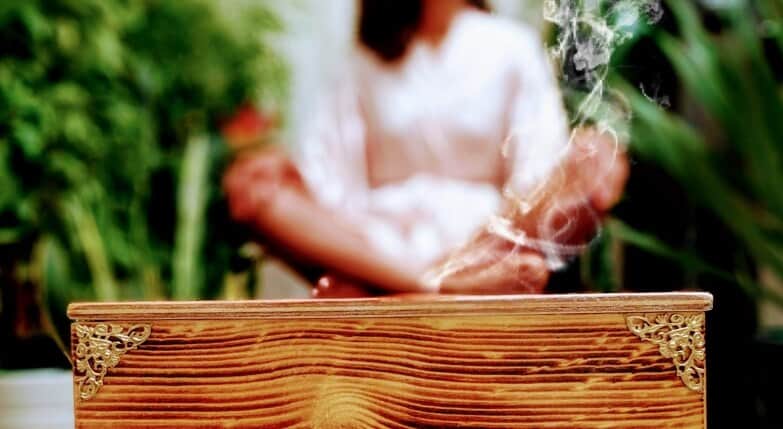
Reported Benefits of Vaginal Steaming–Lack of Studies
Until today, researchers have been ignoring vaginal steaming. No one has any idea of it’s benefits or dangers. However, there are thousands of testimonies online from individual people that swear it has helped them. When there is no clinical data to draw from, we can only tell you what others have said. Here are some of the reported benefits of vaginal steaming including:
- reducing menstrual symptoms, such as bloating, cramps, exhaustion, and heavy bleeding
- boosting fertility
- promoting healing after childbirth
- reducing stress & anxiety by warming and calming the vagas nerve
- treating hemorrhoids
- increasing energy and reducing fatigue
- treating headaches
- increasing creativity in work
- increasing libido
- increases blood flow to the vaginal tissues
But there are also some drawbacks. Without any clinical evidence of harm, several OBGyn’s have publicly declared that vaginal steaming is dangerous. These warnings are based on theory and not any clinical data. We hope this study prompts more research into vaginal steaming and it’s benefits & dangers to sort all this out.

The History of Vaginal Steaming & Feminine Care
Vaginal steaming has been part of feminine care for thousands of years. No one knows when the practice first started, but it has roots in every continent. In the United States, certain immigrant populations are keeping their traditions alive by vaginal steaming: South Korean, Mayan, Sudanese, Cambodian, Eritrean, & Haitian. Today, each culture has its own traditions, herbs or minerals used, and treatment plans, but they ask we not trivialize their customs & practices.
Yoni steaming has some of its roots in Mayan medicine. In Ayurveda, the ancient natural medicine of India, practitioners treat imbalances with opposites. A Vata or Kapha dosha imbalance can greatly benefit from this hot and moist treatment because the qualities of cold, slow, dull, or hard may be present. The rule in Eastern medicine goes that if there is a pain, there is stagnation, so warming and moving treatment can be useful.
Ancient Egyptians used a mixture of garlic and wine to douche to keep from becoming pregnant. They could also use mild vinegar and olive oil, pomegranate pulp, tobacco juice, ginger water, acacia could all double as a douching agent. As could honey, lemon or lime juice, cedar oil, and frankincense.
During medieval times in Europe, they also practiced something called vaginal fumigation. This treatment was often medically prescribed and assumed to be a means of curing yeast infections, cervical cancer, urinary tract infections, and menstrual cramps. Water mixed with herbs was boiled in a special vessel with a long tube protruding from it. The hot steam was forced through the tube which was inserted into the vagina of the patient.
(A similar method today is employed by doctors through the use of rezum water vapor therapy–a treatment for treating enlarged prostate. A metal device is inserted through the penis and then shots of steam are targeted directly at the prostate.)
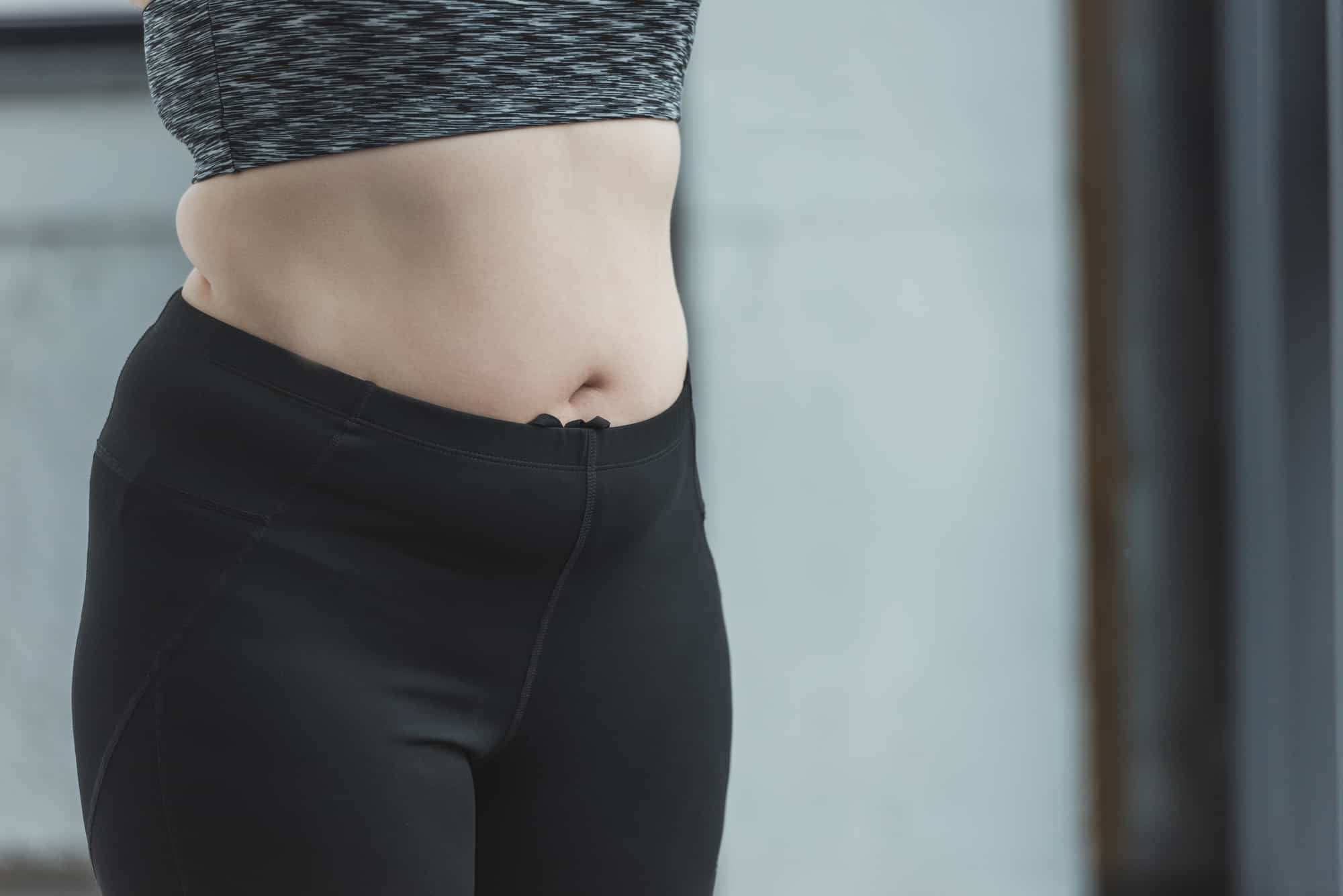
The Dark History of Feminine Care That Still Exists Today
When obstetrics and gynecology became an official medical specialty in the 19th and 20th centuries, professional females were ironically pushed to the side. Only men were allowed to become doctors and men did not have an understanding of how the female body worked without doing lots of experiments.
A doctor by the name of James Marion Sims developed pioneering tools and surgical techniques and is credited as the “father of modern gynecology,” however, most of his research was conducted on enslaved black women without any anesthesia.
History.com recites one gruesome scene from documents. “The first one he operated on was 18-year-old Lucy, who had given birth a few months prior and hadn’t been able to control her bladder since. During the procedure, patients were completely naked and asked to perch on their knees and bend forward onto their elbows so their heads rested on their hands. Lucy endured an hour-long surgery, screaming and crying out in pain, as nearly a dozen other doctors watched. As Sims later wrote, “Lucy’s agony was extreme.” She became extremely ill due to his controversial use of a sponge to drain the urine away from the bladder, which led her to contract blood poisoning. “I thought she was going to die…it took Lucy two or three months to recover entirely from the effects of the operation.”

The Medical Industry Kills & Dismisses More Women Than Men. Here’s the Proof.
It’s important to understand that there is a very real significant bias against women when it comes to modern medicine. This is not a theory; this is a fact and it’s killing people every day.
- Heart Disease: Women have a 50% higher chance of getting an incorrect diagnosis, even after having a heart attack.
- Stroke: Women are about 30% more likely than men to have symptoms of a stroke misdiagnosed and be erroneously sent home from the emergency room. And even once they are diagnosed, women are less likely to receive the clot-busting drug tPA than men.
- Autoimmune diseases: Many autoimmune diseases, including lupus, multiple sclerosis, rheumatoid arthritis, and thyroid disorders, are more common in women. In fact, 75% of Americans with autoimmune diseases are women. Women with autoimmune disorders take an average of 4.6 years and five doctors before getting a correct diagnosis.
- Polycystic Ovarian Syndrome (PCOS): Women are more likely to get into an argument with their physicians about their symptoms than be diagnosed with PCOS when they actually have it. In other words, women instinctively know they are being dismissed and when they argue with their physician, nothing comes of it.
- Pain: Women have a lot more trouble than men do in getting pain taken seriously, whatever the cause. And a report called “The Girl Who Cried Pain” found that women are not only less likely to receive aggressive treatment when diagnosed with pain, they’re also more likely to have their pain dismissed as “emotional” or “not real.”
- Women of Color: African-American women are about three times as likely to die of pregnancy-related causes as white women.
- Female Doctors & Their Professional Struggle: Female doctors kill 32,000 less Medicare patients every year because they practice medicine differently (basically more by the book) while they get an average of $20,000 less per year than their male counterparts.
- Research: Women are generally underrepresented in medical research, meaning they don’t really create studies to look at the differences in symptoms from men to women. Medicine is still treated as unisex with men being the primary patients. What about women and children?
- Childbirth: Women in the United States are 50% more likely to die during childbirth than they were in the 1990s. In fact, the United States has more deaths during childbirth than any other first world country. Why? Preeclampsia, postpartum hemorrhaging, and women feeling like they’re not being listened to and thus misdiagnosed symptoms. According to the CDC, 60% of these deaths are preventable.
Do we really think that this dangerous view of women stops at the door of the OBGyn’s office? Well, unfortunately, medicine has a lot of explaining to do. Sexism and racism are alive and well in medicine. We believe that the rejection of vaginal steaming without any evidence is a prime example of sexism & racism playing out in modern medicine. And I’d love to challenge them–do the studies! Prove us wrong! We’re waiting…in the meantime, let’s go over what has actually happened.
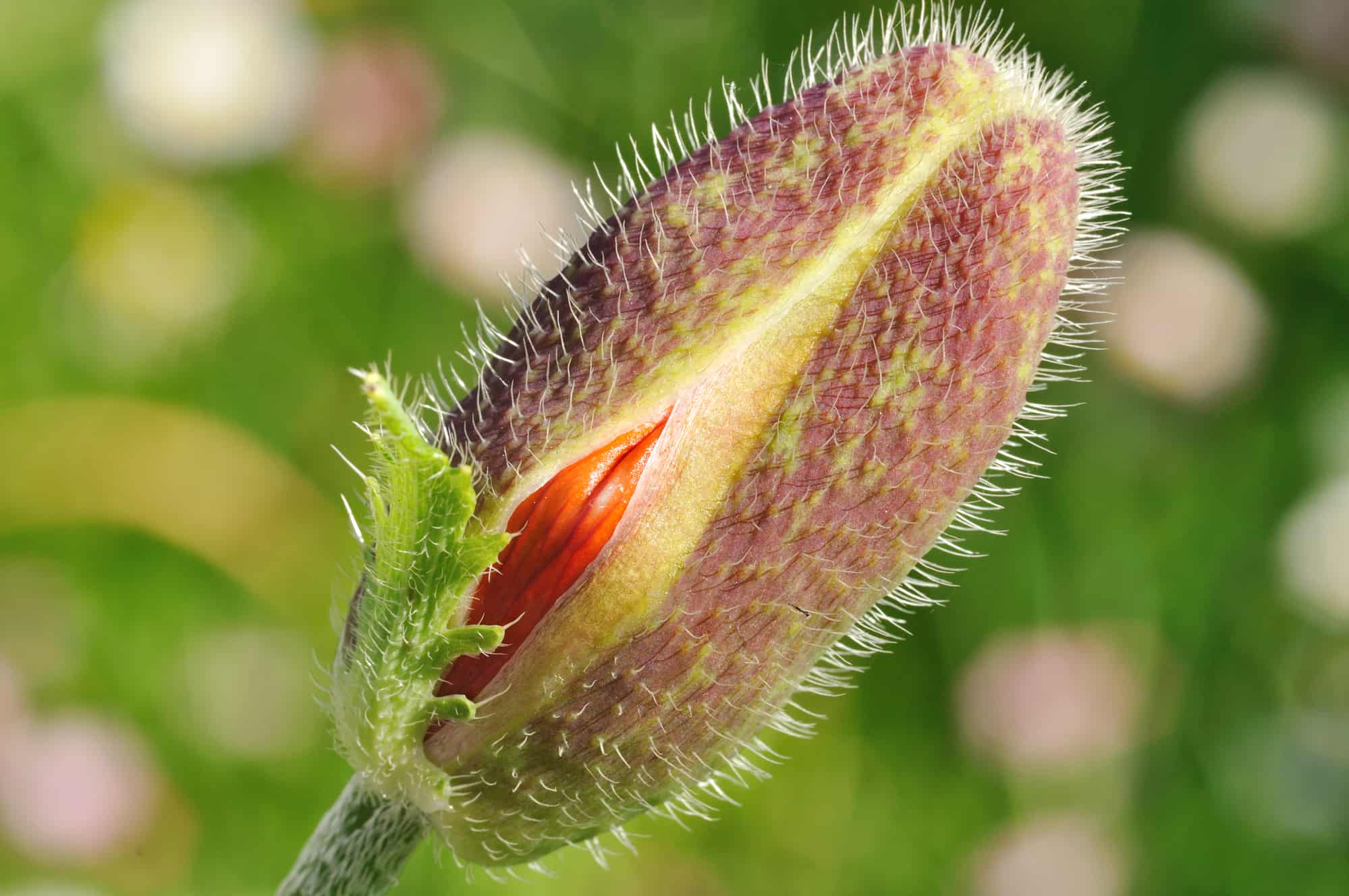
Results of the First U.S. Vaginal Steaming Study
The results from the first vaginal study done in the United States can be found at Fourthtrimestervaginalsteamstudy.com. There were only 11 participants in the study, which makes it very small. However, small is better than none when none is what we have.
A licensed and certified professional midwife conducted a pelvic exam on 11 postpartum patients. Pelvic exams were conducted 4 days postpartum, 8 days postpartum, and 6 weeks postpartum. The control group received no vaginal steam sessions. The steam group received vaginal steam sessions on days 4, 5, 6, 7 & 8. These vaginal sessions lasted 15 minutes and were prepared with 2.5 cups of water and 3 tablespoons of an herbal formula that included: mugwort, witch hazel, lavender, chamomile, parsley, rose, white sage, peppermint & dandelion.
Results from the first vaginal steaming study were vast, which is prompting professionals to ask for more research, which we think is a great idea! The following improvements and benefits were reported from the first study.
- blood pressure
- pulse
- uterine restoration
- reduction of weight and waist size
- healing of tears, gapping & swelling
- expulsion of lochia
- bowel regularity
- hemorrhoid reduction
Postpartum Vaginal Steaming Benefit #1 Blood Pressure & Pulse
There was a difference in blood pressure & pulse for both groups. High blood pressure is well known to pregnancy and patients can be at risk for seizures and death after pregnancy.
- On day 4, the control group’s blood pressure average was 117/64 an the steam group’s blood pressure was 119/68. The control group’s pulse was 68, while the steam group’s pulse was 77
- On day 8, the control group’s blood pressure average was 123/68, and the steam group’s blood pressure was 97/70. The control group’s pulse was 76, and the steam group’s average pulse was 70.
- At 6 weeks, both group’s blood pressure averaged 108/63. And both of their pulses were at 69.
The implications here are for the prevention of preeclampsia, a dangerous condition related to high blood pressure, is promising.
Postpartum Vaginal Steaming Benefit #2 Fundal Finger Breadth, Width & Height
The uterine fundus is the furthest from the opening all the way at the top. During pregnancy, it changes shape and size and moves above the pubic bone. The height and width of the fundus is an indicator for both the process of the fetus growth before delivery, but also of the recovery afterward.
- Day 4, the control group’s fundus was an average of 4 finger breadths below the sternum, 17 inches wide, and 17 inches high. The steam group’s fundus was an average of 3 fingers breadths from the sternum, 16 inches wide and 17 inches high.
- Day 8, the control group’s fundus was an average of 7 fingers breaths below the sternum, 12 inches across and 14 inches high. The steam group’s fundus was an avera of 8 finger breadths below the sternum, 8 inches wide and 10 inches high.
- Week 6, one participant from the control group had a fundus that was still above the pubic bone. All other participants’ fundal size was below group’s uteruses had returned completely to pre-pregnancy size.
Here vaginal steaming had a positive impact on how fast the fundus was restored.
Postpartum Vaginal Steaming Benefit #3 Waist Size & Weight
Waist size and inches lost postpartum is an indicator of movement and healing from inside.
- Day 4, the control group average a 38-inch waist and 169 pounds. The steam group averages a 39 waist and 149 pounds.
- Day 8, the control group’s waist size had increased to 39 inches with no change in the weight while the steam group’s waist size had decreased to 37 inches and weight had dropped 2 lbs.
- Week 6, both groups had dropped 36-inch waist size. The control group’s weight had decreased to 164 lbs. and the steam group’s weight average was 142 lbs.
Whereas the control group lost a total of 5 lbs. and 2 inches, the steam group lost 7 lbs. and 3 inches, meaning the steam group had faster changes in body size.
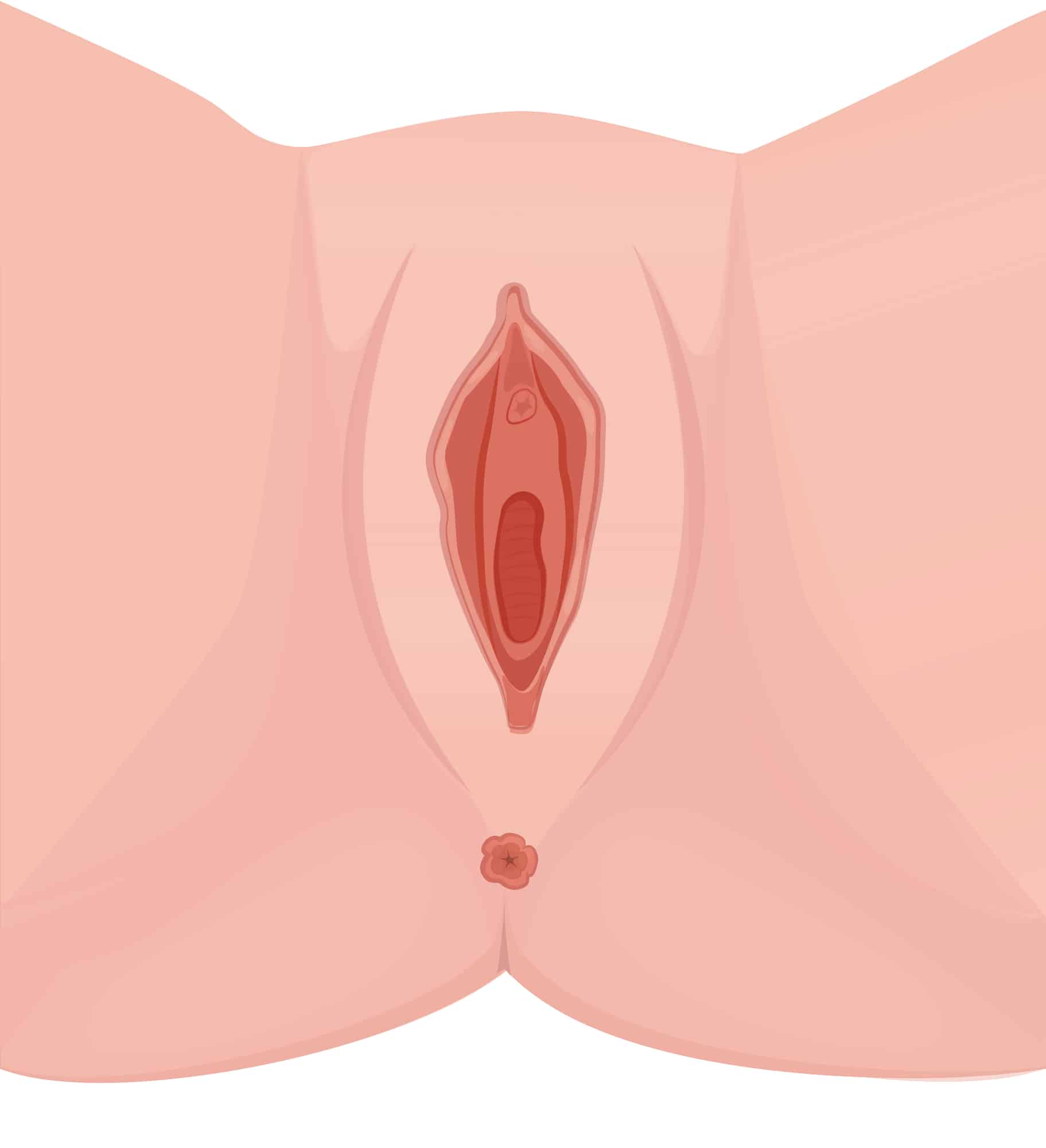
Postpartum Vaginal Steaming Benefit #4 Labia
Healing
The shape of the labia after birth is assessed by looking for swelling and gapping.
Sitting in a butterfly position, the labia is observed as falling open more than 1.5 inches.
- Day 4, the control group had 5 participants with swelling and one participant with gapping, while the steam group had 4 participants with swelling and 2 with gapping.
- Day 8, all participants in the control group had labia that were visibly in the healing process. The steam group had 2 participants with labia in the healing process and 4 participants with fully healed labia.
- Week 6, all participants had fully healed labia.
The outcome of these tests suggests that the steam group healed faster.

Postpartum Vaginal Steaming Benefit #5 Lochia
Completion
Lochia is postpartum discharged which is measured by color. The first stage is the rubra and it has various shades of red and brown. The second stage is referred to as serosa and its’ characterized by brownish-pink or completely brown blood. Alba is the third stage and it’s characterized white or yellowish-white. The final stage is when all lochia is expelled. Analyzing the lochia and the stage it’s in is another indicator of movement.
- Day 4, all participants in both groups had rubra lochia. One participant in the control group had rubra with mucus present and one participant in the steam group had both rubra and serosa lochia.
- Day 8, 2 participants in the control group still had rubra lochia and 2 participants had serosa lochia while one participant had both light rubra and serosa. In the steam group, all participants had progressed to the serosa with a light rubra stage.
- Week 6, 4 participants in the control group were in alba and one participant had progressed to no lochia at all. In the steam group, all participants had progressed to no lochia except one, who still had alba lochia.
The outcome here suggests the steam group progressed through healing faster and had more success expelling the lochia than the other non-steam group. In other words, they didn’t have to wear pads as long.
Postpartum Vaginal Steaming Benefit #6 Healing
Sutures
Suture healing is an indicator of healing. Participants were asked to comment on whether sutures were itchy, tight, pulling, tender or had no discomfort.
- Day 4, 5 participants in the control group had a 1-degree tear and 4 participants in the steam group had a 1-degree tear.
- Day 8, the control group had 1 participant experiencing itchy sutures, 2 participants experiencing pulling or tightness in the sutures and 2 participants had no healing discomfort. The steam group had no discomfort at all.
- Week 6, the control group had 1 participant with itchy sutures, 3 participants with tender sutures, and 1 participant with no healing discomfort. The steam group continued to have no healing discomfort.
The indication here is the steam group healed faster.

Postpartum Vaginal Steaming Benefit #7 Uterine
Contractions
Uterine contractions are part of the process of pre-pregnancy size and shape. These contractions were measured using the following scale and participant’s scores were added together to make a group score: 1=light, 2=mild, 3=moderate, 4=intense. The quicker you get to 0 the faster you are healing.
- Day 4, the control group had 3 participants who reported mild contractions and 3 participated who reported moderate contractions for a score of 15. The steam group had 1 participant who reported mild contractions and 5 participants who reported moderate contractions for a score of 17.
- Day 8, the control group had 2 participants with light contractions, 1 participant with moderate contractions and 2 participants with no contractions for a group score of 5. The steam group had 2 participants with light contractions and 4 participants with no contractions for a score of 2.
- Week 6, the control group had 2 participants with light contractions for a score of 2. No participants in the steam group had contractions and their score was 0.
The findings here suggest that the steam group healed the fastest.
Postpartum Vaginal Steaming Benefit #8 Breast
Pain & Milk Supply
Breast pain discomfort is a measurement of the healing process on a scale from no pain=0, mild discomfort=1; intense discomfort=2. In addition, milk supply was qualified by 0=formula only, 1=supplementing breast milk with formula, 2=exclusively breastfeeding.
- Day 4, The control group had 5 participants who experienced mild discomfort and 1 participant who experienced intense discomfort for a score of 7. The steam group had 4 participants who experienced mild discomfort and 2 who experienced intense discomfort giving the group a score of 8. Both groups had a milk supply score of 10.
- Day 8, one participant in the control group had mild discomfort, giving the group a score of 1. The steam group had 2 participants with mild discomfort, giving the group a score of 1. The steam group had 2 participants with mild discomfort so their score increased to 2. Milk supply for control group decreased to 8, while the steam group increased to 11.
- Week 6, the control group had 2 participants experiencing mild discomfort so their score increased to 2, while the steam group had one participant with mild discomfort for a score of 1. Milk supply of control group stayed at 8, while the steam group’s score was at 10.
From this report, it’s evident that more research is needed to look at how vaginal steaming could have a positive impact on breast milk supply.
Postpartum Vaginal Steaming Benefit #9 Bowel
Movements and Hemorrhoids
Bowel movements and hemorrhoids are measured when compiled in group scores. For bowel movements, they were evaluated on a scale where 0=constipated & 1=regular. For hemorrhoids, the scale was 0=non and 1=hemorrhoids.
- Day 4, the control group had a bowel movement score of 5 and a hemorrhoid score of 3, while the steam group had a bowel movement score of 5 and a hemorrhoid score of 4.
- Day 8, the control group bowel movement score decreased to 4 and an unchanged hemorrhoid score of 3. The steam group’s bowel movement score had improved to 6 and its hemorrhoid score dropped to 0.
- Week 6, the control group’s bowel movement score had dropped even further to 1 and its hemorrhoid score had still not changed at 3. The steam group’s score was 5 and it’s hemorrhoid score had gone up to 2.
Participants in this study started with regular bowel movements. After steaming, the variable group improved its regularity score while the control group reported increased constipation.
Postpartum Vaginal Steaming Benefit #10
Urination & Incontinence
Bladder voids when urine is completely expelled from bladder and incontinence were measured as a form of healing. Bladder voids were measured on the following scale: 0=no stinging, 1=stinging.
- Day 4, the control group urination score of 2 and 1 participant reported incontinence. The steam group had a urination score of 4 with no reported incontinence.
- Day 8, both groups had a score of 1 for stinging urination and no reports of incontinence.
- Week 6, both groups had a stinging urination score of 0 and each group had 1 group of incontinence.
13 Herbs Typically Used During Vaginal Steaming
My favorite place to get herbal formulations for vaginal steaming is Steamychick.com. But you could totally make up your own formulations as well. If that’s the case, I recommend you get your herbs from Mountain Rose Herbs where they are organic and high quality. Here are the most common herbs used and their main functions via Chinese herbal medicine. Note that there is insufficient clinical evidence to make all these claims, but here are their intended uses.
- Mugwort: Mugwort boosts energy. Women take it for irregular periods and other menstrual problems. The chemicals in mugwort may stimulate the uterus and cause it to start aligning. It also soothes itching caused by scars. People also take mugwort for intestinal conditions like diarrhea, constipation, cramps, and worm infestations.
- Rose: Rose is used to cool the body and root out overheated emotions. The smell eases grief and provides comfort, which is why it’s used so often at funerals. It’s also used as a tea to cool the heat of allergies, tighten up lax mucous membranes, and soothe coughs.
- Wormwood: Wormwood can be used to increase sexual desire, stimulate sweating, and wound healing. Wormwood is also used for several digestive problems like loss of appetite, intestinal spasms, upset stomach & gall bladder disease.
- Chamomile: Chamomile has been used as an herbal medicine for thousands of years to ease upset stomach, heartburn, nausea & vomiting. Chamomile is also a powerful wound healer. When used on the skin, it helps with skin irritation and overall healing. In fact, some research has documented it may very effective for eczema.
- Calendula: Calendula is used to start menstrual periods, to prevent muscle spasms, and reduce fever. It is also used for treating menstrual cramps, sore throat and mouth, and ulcers. The chemicals in calendula help new tissue grow in wounds and decrease swelling in the mouth and throat when taken as a tea.
- Holy Basil: Basil has been used for thousands of years in China and India and is regarded as a sacred plant. It has the ability to increase blood circulation, contract the uterus, heal insect bites, and ease kidney and skin problems.
- Oregano: Oregano has been used over the centuries to ease menstruation problems, respiratory trouble, and snake and spider bites. Oregano also has diuretic effects.
- Witch hazel: Witch hazel applied directly to the skin for itching, pain and swelling, hemorrhoids, bruises, insect bites, minor burns, and other skin irritations. It contains chemicals called tannins which help reduce swelling, help repair broken skin, and fight bacteria.
- Lavender: Lavender contains an intoxicating oil that seems to have sedating effects and might relax certain muscles up inside the vagina. It also has antibacterial and antifungal effects.
- Parsley: Parsley has had a controversial past. It can be taken by mouth to start menstrual flow or to cause an abortion. Parsley works as a stimulus to improve digestion, increase urine production, reduce spasms, and increase menstrual flow.
- White sage: White sage is a sacred herb to the Native Americans. Sage offers antioxidants, anti-inflammatory, and antimicrobial properties to promote overall health. It also targets emerging infections and is said to help with spiritual growth.
- Peppermint: Because peppermint acts as a muscle relaxant, it relieves menstrual cramps. Peppermint extract was found to be as effective as a non-steroidal anti-inflammatory drug (NSAID) in reducing the intensity and duration of menstrual cycles.
- Dandelion: Dandelion has an anti-inflammatory effect on the body. It’s used to treat skin conditions, including eczema and skin hemorrhages, yeast infections, burns, and warts.
Can Steaming Be Dangerous? Yes. These Are People Who Should Not Steam.
According to Steamychick.com, the following are hard contraindications where steaming should never be done.
- Women who are pregnant
- 3rd or 4th degree tears postpartum
- Women with active menstruation, meaning don’t steam when you are on your period!
- Women who have active fresh spotting
- Women with overactive periods that experience at least 2 periods per month (spontaneous bleeding)*
- TTC after insemination*
There are also some soft contraindications where it’s up to the user whether or not they would like to steam. It’s possible that the steam could interfere with the interventions they have in place.
- Tied tubes (coagulation)*
- Nexplanon (or thick lining birth control)*
- Uterine ablation*
- Burning/itchy infections*
*If you would like to discuss these further please schedule a consultation with the Steamy Chick Midwife or a Peristeam Hydrotherapist.
Cue: My Vagina is Self Cleaning & I Don’t want
Vaginal Burns Thank You Very Much! Response
What about the people who say their vagina is self-cleaning? Your vagina doesn’t need any help to stay clean. That’s absolutely true! Your vagina is self-cleaning. However, we aren’t talking about the daily cleaning of your vagina. We are talking about postpartum care, heavy periods, severe menstrual cramps, fibroids, etc. This isn’t about getting a vagina facial for fun. We are talking about real feminine symptoms that impact women all over the world where some of your options include surgery, mesh, drugs, hormones, discomfort, lots of tests, and things stuck up inside your vagina. You know things CAN go awry up there, right?
My vagina can self-clean and I can get severe cramps at the same time. However, in Eastern medicine, the idea of stagnation isn’t a sexist theory. It applies to all things, male and female. The idea is when energy gets stuck, disease persists. This is similar to “a body in motion stays in motion.” And with a world so impacted by endocrine-disrupting chemicals and things that impact our hormones, you don’t think it’s possible that women may be also having challenges? Men do.
Men all over the world are presently having major problems with their reproductive abilities. In fact, male sperm has been degraded by over 60% since the 1970s. Did you hear that? Men were far less virile than they were in the 1970s. If anything, I think women may have gotten off easier. But the results from the first preliminary vaginal steaming study has proven to be very compelling.
What about burning your vagina? That’s easy. It’s not supposed to burn so if you feel discomfort, stand up and slow the steam and turn it down. That’s it. This isn’t rocket science. Think of it like a shower. When you get into the shower, if it’s too hot, you turn it down. If you burn yourself in the shower, is that really your shower’s fault? No.

Other Studies You Can Check Out On Vaginal
Steaming Around the World
- Fourth Trimester Vaginal Steam Study
- Systematic Review of Fumigation Therapy on Atrophic Vaginitis
- Study on Therapeutic Effect of KMST (Korean Medicine Steam Therapy) -Included Korean Medicine Combination Therapy about Leukorrhea Patients
- Effects of Artemisia A. Smoke(Ssukjahun) on Menstrual Distress, Dysmenorrhea, and Prostaglandin F2
- Study on a Usage of Smoking Preparations, Fumigant and Buccal Preparations in Donguibogam
- Clinical study on combined acupuncture with chinese medicine for infertility due to hydrosalpinx
- Effect of xunxi no.1 intervention and radiotherapy on Ia-IIb stage cervical cancer with high-risk human papilloma virus infection
- Bakera, a herbal steam bath for postnatal care in Minahasa (Indonesia):Documentation of the plants used and assessment of the method
- Vaginal herb use and Chlamydia trachomatis infection: cross-sectional study among women of various ethnic groups in Suriname.
How to Get Started Vaginal Steaming or Yoni Steaming?
First, you need to ask yourself some questions before you get started. It has to do with your comfort level of where you want to dive in.
Do you want to DIY vaginal steam OR go to a professional
first?
The first time you do something is the most intimidating time. What would you like to do?
- Find a certified practitioner on the Vaginal Steam Directory to work with if you want to go to a professional first.
- Check out the Sauna Marketplace to shop saunas if you want to DIY as I did.
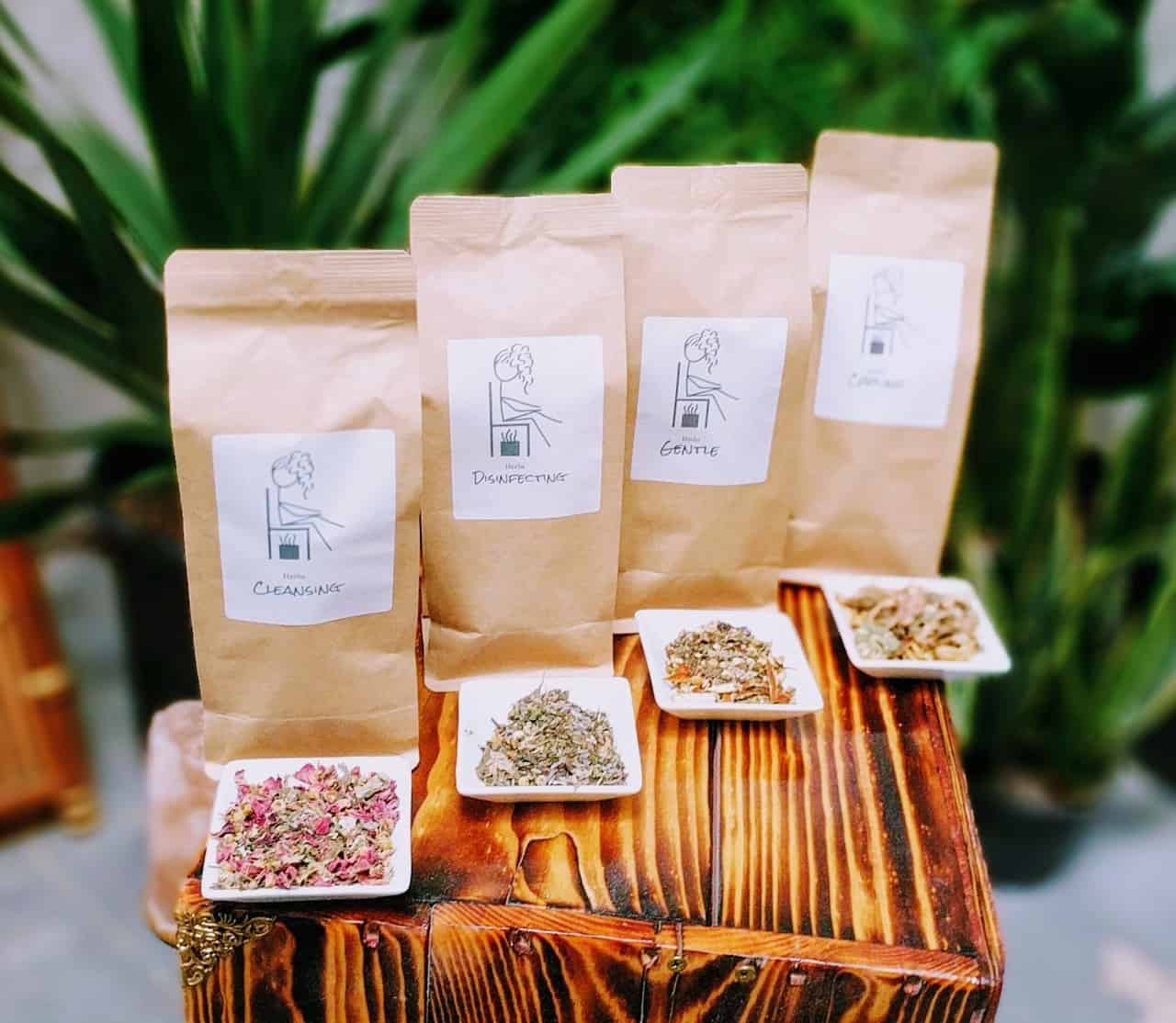
If you are DIYing, what type of herbs should you be using for your vaginal steaming?
According to Steamychick.com, there are about 4 different categories of herbs you should be using based on your symptoms. Pay attention here and select the right type.
- Cleansing Herbs (Best choice for old residue, postpartum and general use. Not suitable for women with short menstrual cycles.)
- Disinfecting Herbs (Best choice if experiencing active infections or viruses.) (Note: If you have short menstrual cycles AND infections then you should get both this blend and the gentle herbs.)
- Gentle Herbs (Best choice for short menstrual cycles–27 days or less and interim bleeding.)
- Cooling Herbs (Best choice if experiencing hot flashes, nightsweats, vaginal dryness or living in a very hot climate.)
When you figure out what group you are in you can choose one of two areas, but don’t forget to use “LEAHSEGEDIE” for 10% off your order.
- You can pick up a bag of custom vaginal steaming herbs from Steamychick.com after figuring out which group you belong to
- Or you can take a class on how to prepare the herbs you need.
If you are DIYing, do you want a mild or advanced session?
- Mild Setup is without a heat source and lasts for 10 minutes. It’s preferred for beginners or people with sensitivities like short menstrual cycles, hot flashes, night sweats, IUDs, herpes, infections, underage 13 or prone to fresh spotting.
- Advanced setup is with a heat source (hot plate) and lasts for 30 minutes. It’s best for women with more serious issues. (That was me!)
Does education about vaginal steaming interest you?
Take classes or get a professional certification!
Steamychick.com offers certification programs and classes teaching how to vaginal steam safely. Make sure to use code “LEAHSEGEDIE” for 10% off.
- How to get an efficient womb cleanse with each period to naturally reduce period problems
- Learn how to read your menstrual cycle
- Basics of female anatomy and vaginal steaming
- Vaginal steaming in preparation for labor and delivery
- Understanding steam and what happens
- Traditional Chinese Medicine and vaginal steaming
- Peristeam Hydrotherapist Certification
- Vaginal Steam Facilitator Certification
Leah Segedie’s Personal Testimonial of Vaginal Steaming
Several years ago, I was poisoned by perchlorate in our drinking water and during that time, my health started going downhill. (Perchlorate is an endocrine-disrupting chemical that is used in rocket fuel. It blocks the uptake of iodine to the thyroid and can result in developmental issues for children and things like thyroid damage, weight gain & cancer for adults.) I was having very odd symptoms from fainting to heavy periods to being freezing cold starting at 6pm every night to weight gain to getting heart palpitations and depression. This started my journey of being misdiagnosed by medical professionals for years and lots of frustration on my end as I was trying to find out what was happening to me.
As things progressed and I had my third child, months later I started having severe symptoms with my menstrual cycle and urinary incontinence afterward. I couldn’t even jump in the air slightly without peeing my pants, so I was given a pessary by my OBGyn and inserted that up into my vagina to keep me from peeing my pants. Then the heavy bleeding got worse and worse and started becoming 10 day periods. At this point, I was diagnosed with uterine fibroid cysts, uterine prolapse, and later diagnosed with Polycystic Ovarian Syndrome (PCOS). My OBGyn basically told me that when I was ready, she could do surgery but there was nothing more she could do.
So I went to the spa with some friends and was complaining about this while I was with some older Korean ladies. One of them told me about vaginal steaming and how Korean women steam after their periods to regulate their menstrual cycles. I figured I had nothing to lose at that point and honestly, I was a bit desperate to keep myself from having surgery. So I went home and found Steamychick.com and picked up a vaginal steamer, some herbs, a hot plate, and got started. After getting a consult, I steamed for 5 days for 30 minutes with a special herbal formulation each time after my period. The next period I had was only five days long! It felt like a miracle. And not only that, I could control my bladder! Vaginal steaming has been a godsend to me. I’ve been a fan for close to two years now.
But it’s important to understand this is a lifestyle tool. It’s not a quick fix because symptoms can return. For me to keep up my 5 days periods, I have to steam after my period for a day or two. If I let it go for a few months because I get busy, it starts to creep back up to 6 days, 7 days, but it’s never gone back to 10 days. After I’ve steamed, my insides feel tighter. I’m also able to remove my pessary for the month and jump up and down and I don’t have incontinence from the urinary prolapse. (Now If I have a big cup of coffee and go to an exercise class, I may pee a tiny bit, but can catch myself and go do my business so it’s not this embarrassing thing.)
Basically, what I’m saying is I don’t want surgery. And if you don’t want surgery, try vaginal steaming and see if it works for you. I have nothing but good things to say about it and it’s a shame that so many people say negative things about it without any first-hand knowledge or clinical studies of harm.
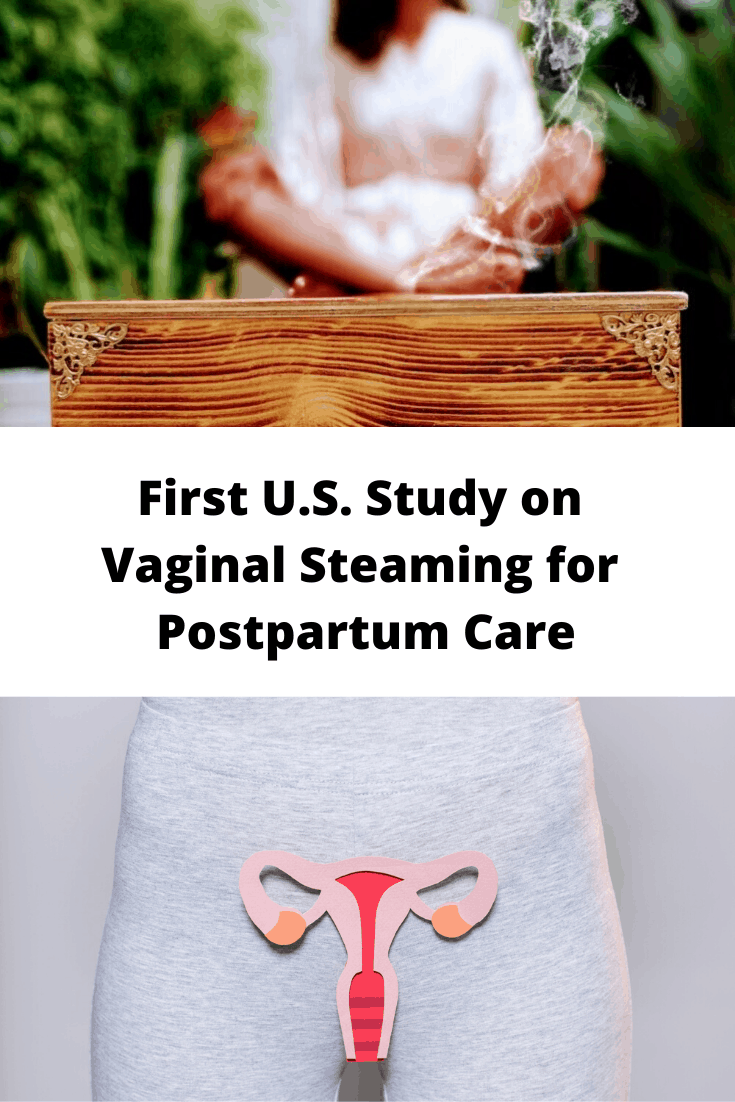

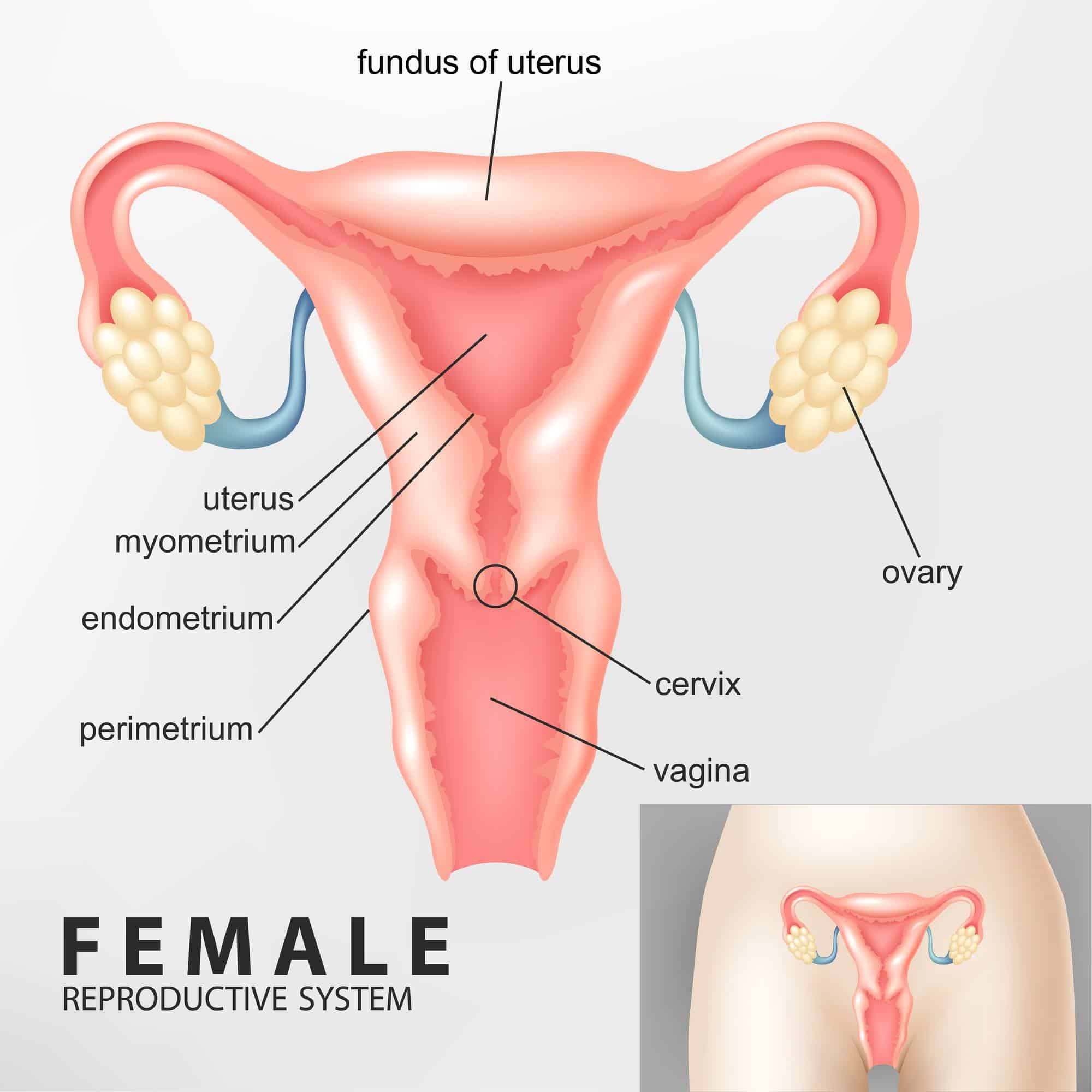






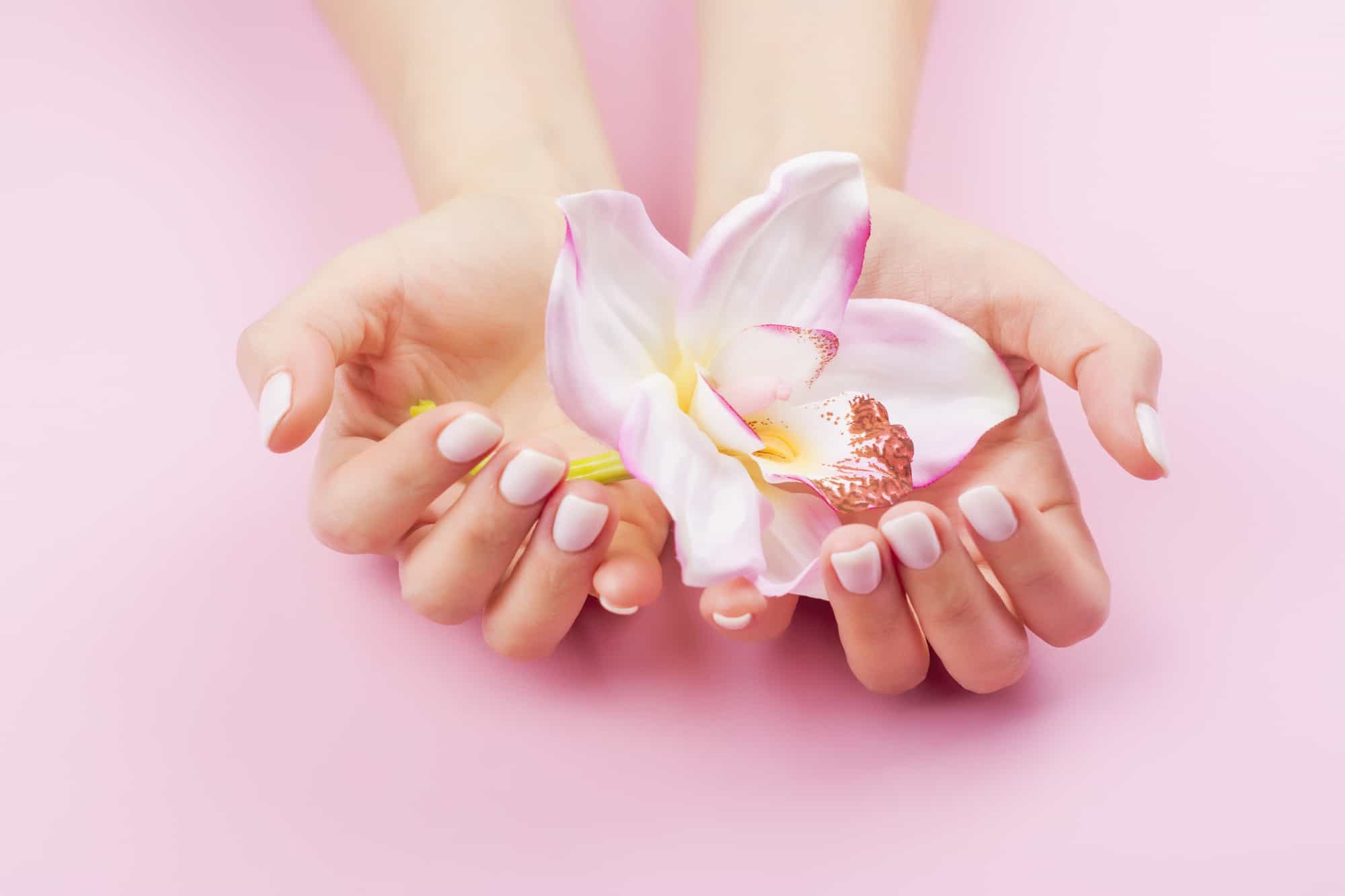

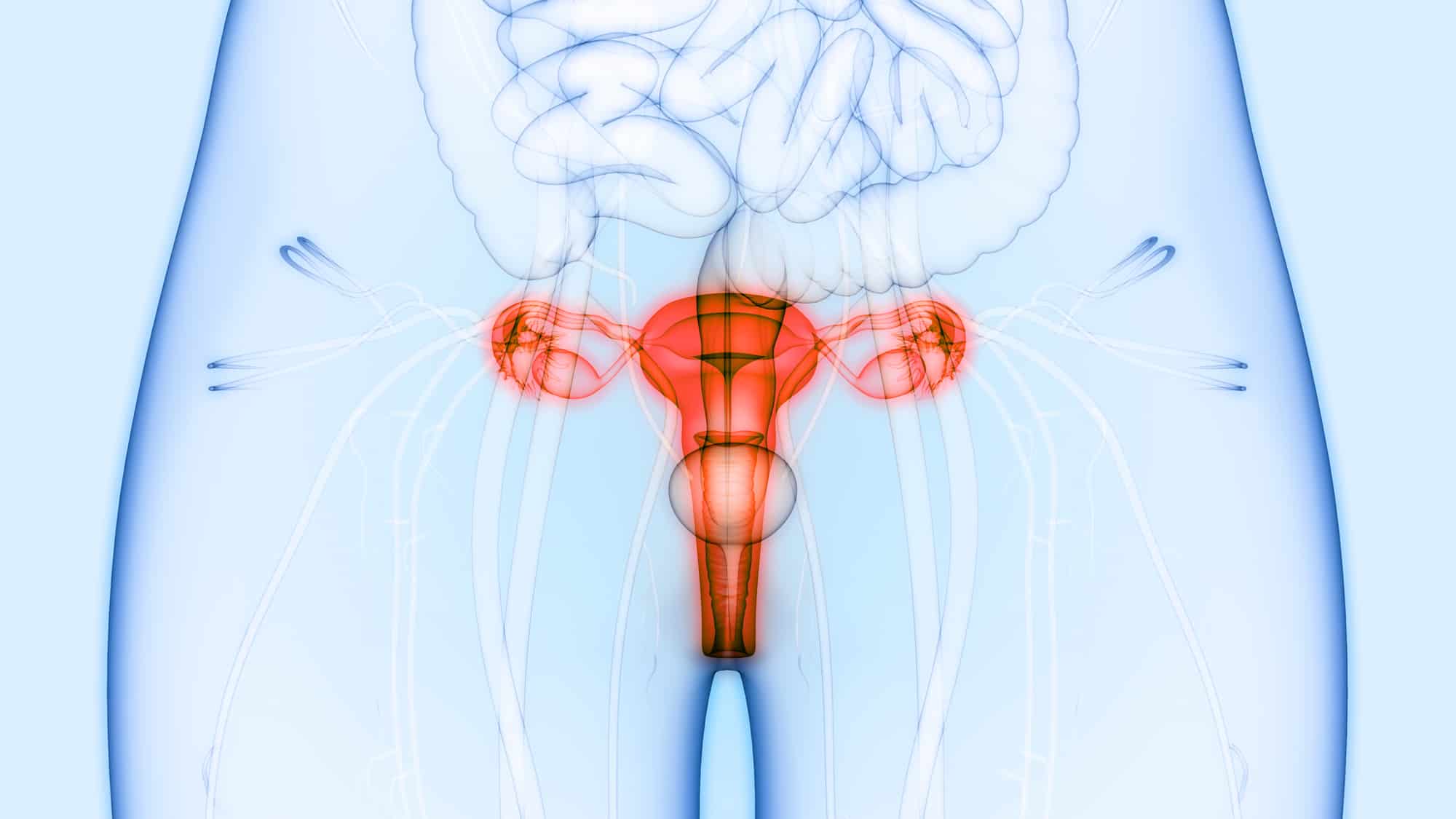
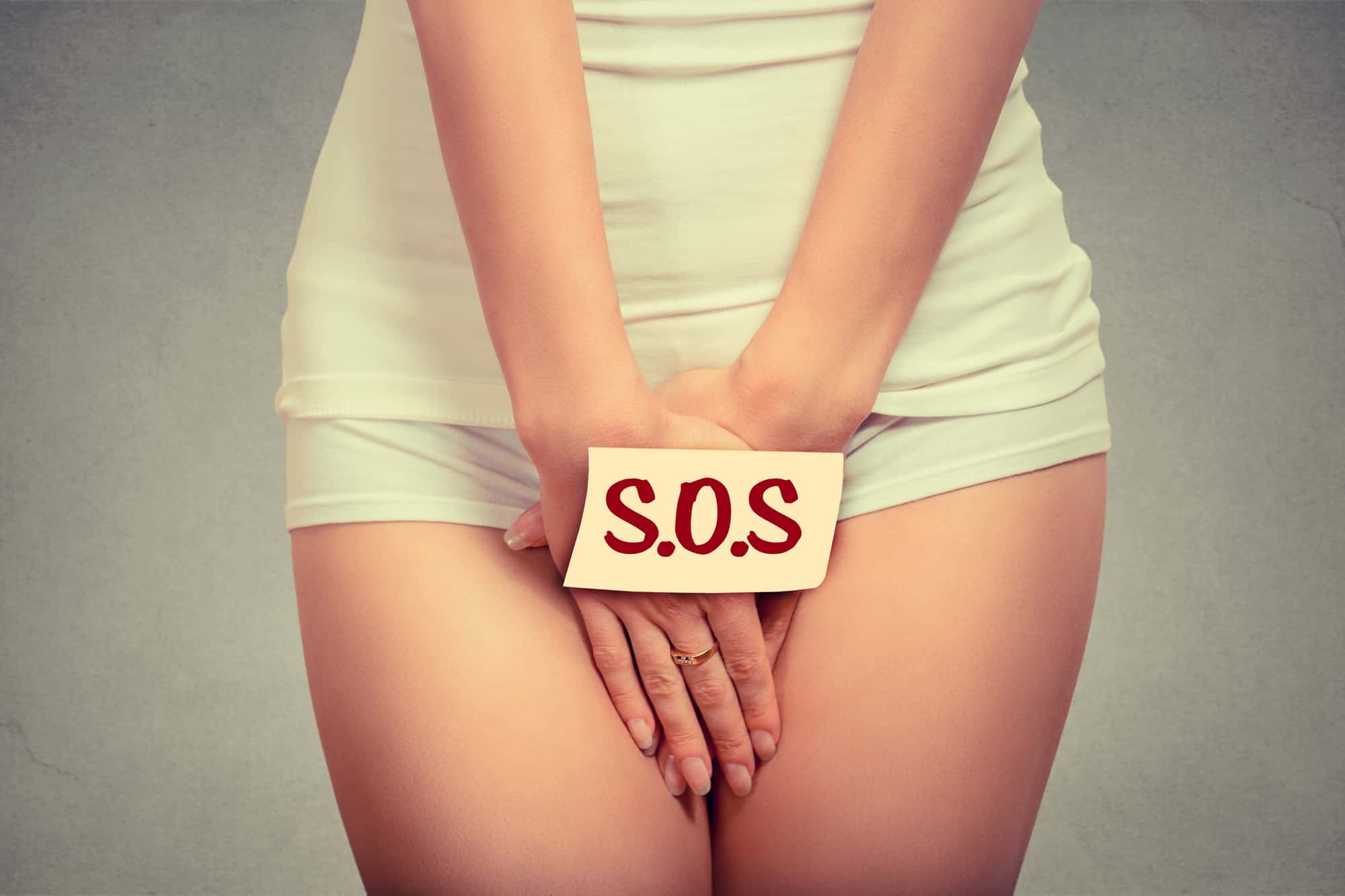
No comments:
Post a Comment